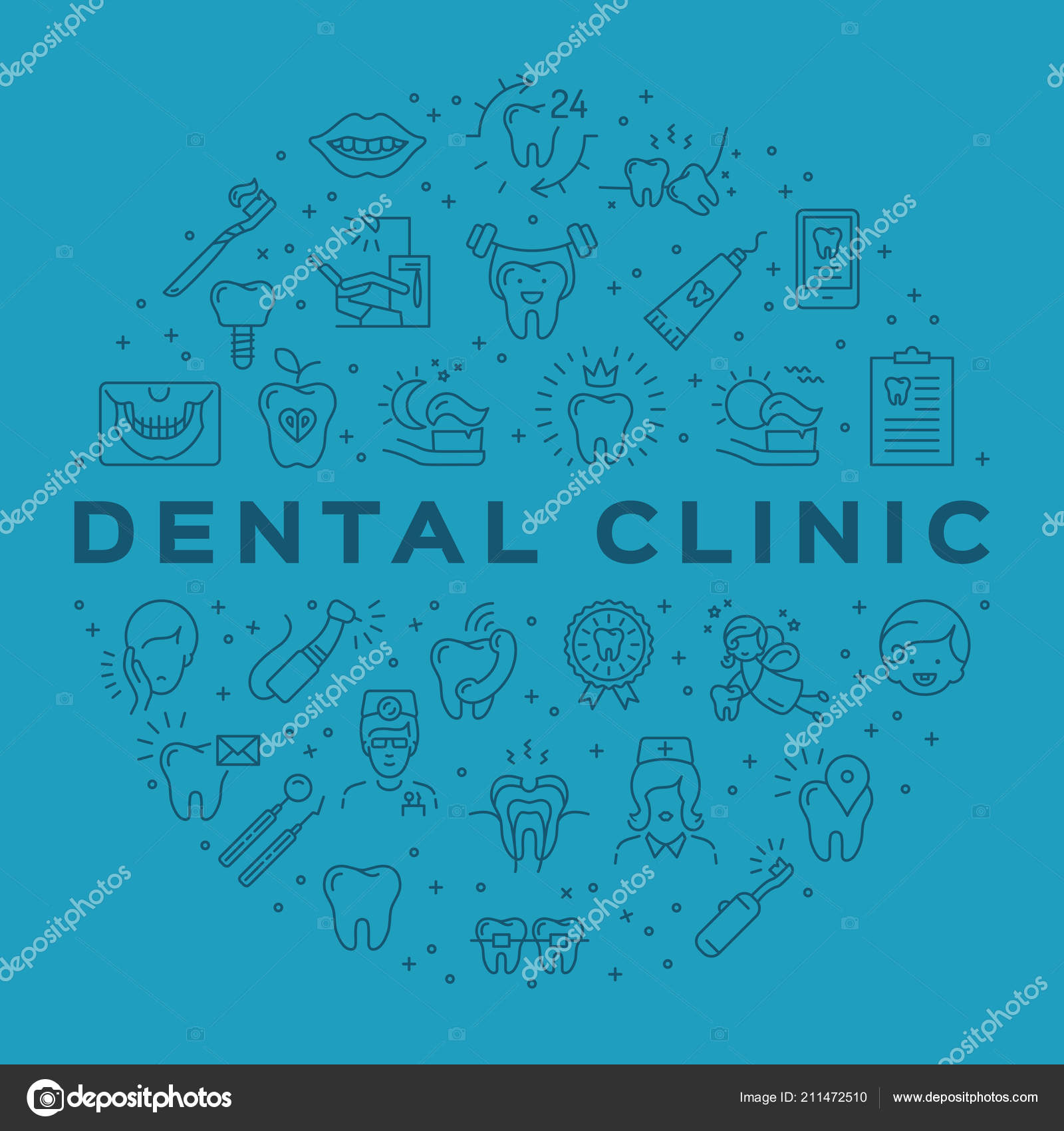Stay Got Ready For Unanticipated Oral Emergency Situations By Identifying The Indications Of Trauma And Understanding When It Is Needed To Look For Immediate Treatment
Stay Got Ready For Unanticipated Oral Emergency Situations By Identifying The Indications Of Trauma And Understanding When It Is Needed To Look For Immediate Treatment
Blog Article
Author-Gundersen Rivas
If you really feel a sudden shock of discomfort or notice a tooth injury, it can be unsettling. However how do you determine if it's an oral emergency situation that calls for immediate attention? Understanding the vital signs and knowing when to look for help can make all the distinction in preserving your dental health and wellness. Knowing when to act promptly might imply the distinction in between a quick fix and extra extensive treatment.
Common Kind Of Dental Injury
What're the typical kinds of dental trauma that you should know?
Accidents can occur, bring about various sorts of dental injuries. One common sort of dental injury is a broken tooth. This can occur from biting down on something tough or experiencing a strike to the face.
Another kind is a damaged tooth, where a part of the tooth can chip off. In addition, you might experience a knocked-out tooth, which can occur throughout sporting activities or falls. It's important to deal with the tooth very carefully and seek immediate oral focus.
Oral injury can likewise involve a tooth that has actually been pushed out of placement or loosened up because of an injury. This sort of injury requires timely treatment to conserve the tooth.
Lastly, soft tissue injuries in the mouth, such as cuts, can also take place from accidents. Understanding about these common sorts of dental trauma can aid you act quickly and appropriately in case of an emergency situation.
Indicators of Dental Emergency Situations
Recognizing the indications of dental emergencies is important for prompt activity and appropriate treatment. If you experience extreme tooth pain that's constant and pain, it might suggest a hidden problem that calls for prompt focus.
Swelling in the gums, face, or jaw can also signify a dental emergency, especially if it's accompanied by discomfort or fever. Highly recommended Internet site of injury to the mouth causing a cracked, damaged, or knocked-out tooth must be dealt with as an emergency to stop further damage and potential infection.
Hemorrhaging from https://deanuqjex.qodsblog.com/30710067/discover-5-specialist-tips-to-pick-the-ideal-pediatric-dentist-for-your-child-guarantee-that-their-smile-radiates-with-top-notch-dental-treatment that does not quit after applying stress for a couple of minutes is another red flag that you ought to seek emergency dental treatment. Furthermore, if you notice any type of indicators of infection such as pus, a foul taste in your mouth, or a high temperature, it's essential to see a dentist asap.
Neglecting these indicators might cause extra major complications, so it's important to act quickly when confronted with a potential oral emergency.
Importance of Immediate Therapy
Prompt activity and instant therapy are crucial in resolving oral emergencies to avoid further complications and make sure ideal outcomes for your oral health and wellness.
When faced with an oral emergency, such as a knocked-out tooth or severe tooth pain, looking for immediate therapy can make a substantial difference in saving your tooth and alleviating pain. Postponing treatment can lead to infection, raised discomfort, and even irreversible damages to your teeth and gums.
By looking for emergency dental treatment promptly, you increase the opportunities of successful therapy and remediation. Dental practitioners have the needed abilities and tools to deal with emergency situations successfully, minimizing the danger of lasting effects.
Furthermore, instant treatment can aid manage discomfort and pain, enabling you to resume your daily tasks without distraction.
Conclusion
To conclude, comprehending oral injury and recognizing when to look for emergency treatment is critical for preserving oral wellness.
By identifying typical kinds of oral injuries and the indicators of dental emergencies, you can ensure prompt care to stop further damage and complications.
Remember, seeking prompt therapy can save teeth, decrease pain, and raise the possibilities of successful healing.
Don't wait to look for assistance from an oral specialist if you experience any type of indicators of dental trauma.
